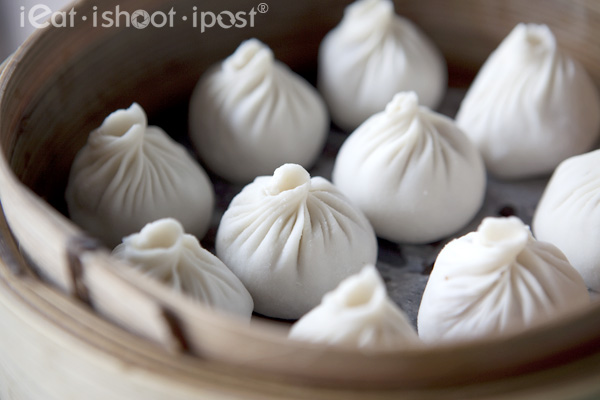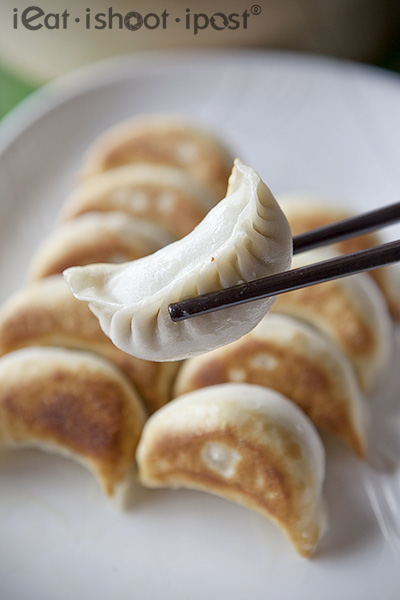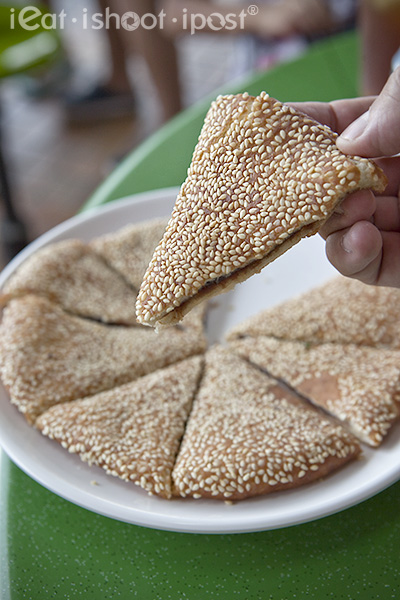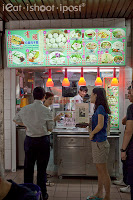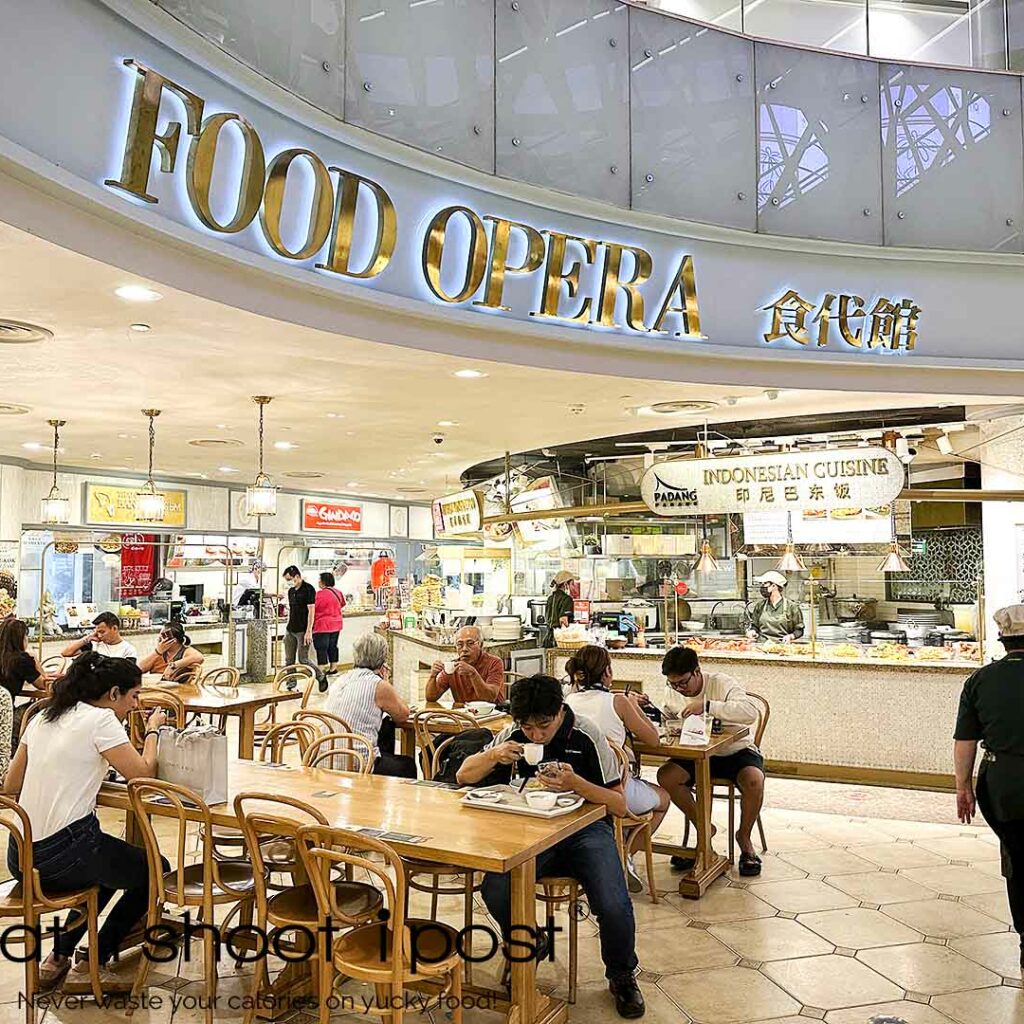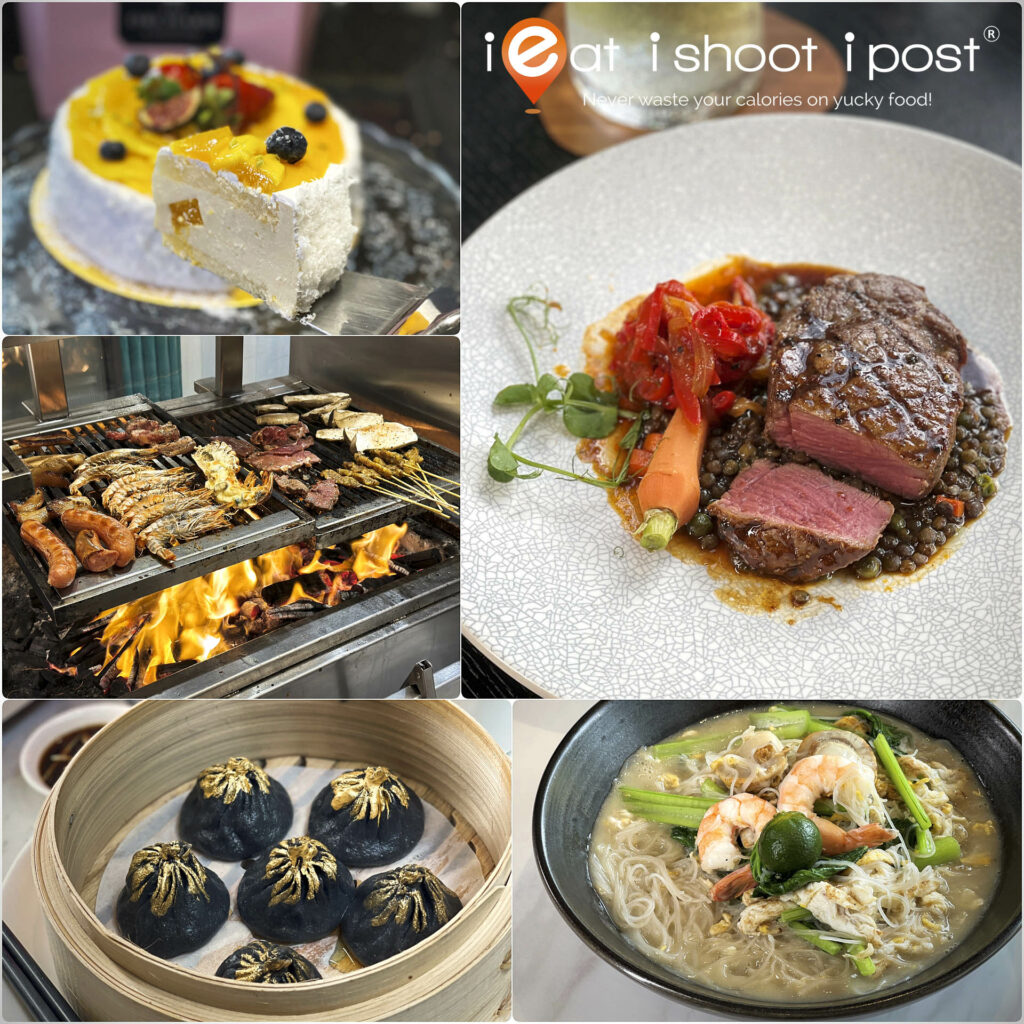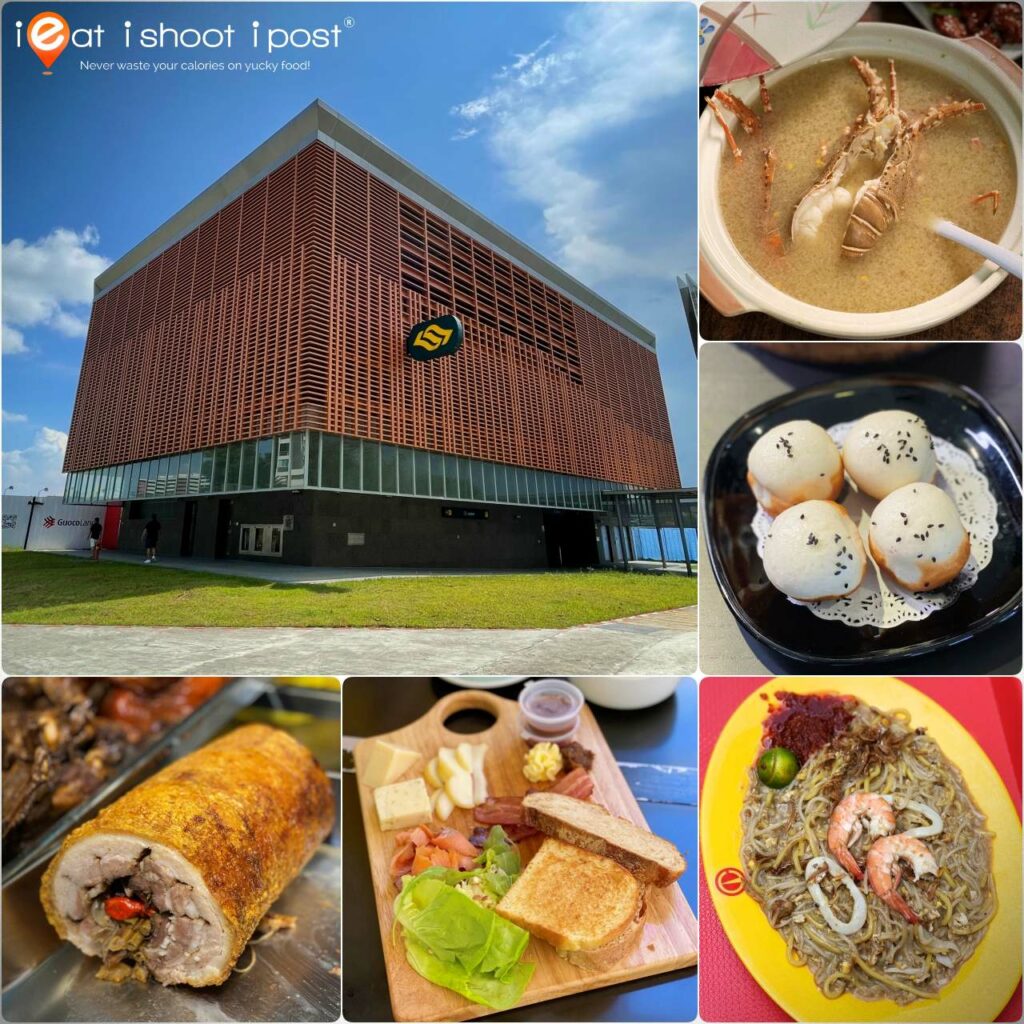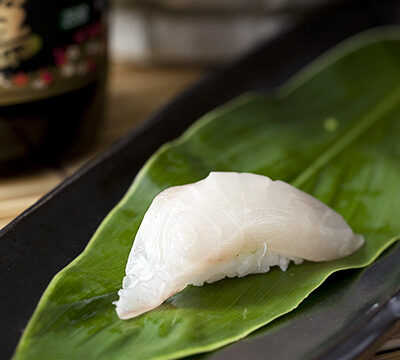Ever felt like a few Xiao Long Bao but don’t really want to spend the time or the money to eat at the restaurant? Well the solution is to go find a hawker that makes Xiao Long Bao and buy a basket or two to accompany your plate of Char Kway Teow.
Xiao Long Bao gives you a glimpse of the future of Singapore Hawker cuisine. By the time I get to change my grandkid’s diapers, Xiao Long Bao should be as Singaporean as Poh Piah is now. I was expecting the owners of this little stall in Beauty World Food Centre to be Shanghainese, but it turns out that they are a new generation of migrants from Xiamen (Fujian province). However, instead of making Poh Piah which is what their Hokkien forefathers brought to Singapore, they decided to make Xiao Long Bao instead.
Why do people from the province of Fujian want to sell Shanghainese cuisine? This was the question I posed to the Lao Ban Niang (Lady Boss). The answer is very simple. She loves to eat Xiao Long Bao and saw an opportunity for business. They had arrived 15 years ago as factory workers. But slowly they managed to save enough to start their own business. And just like our early migrant fathers, they encompass the entrepreneurial spirit, putting in every ounce of sweat into each Xiao Long Bao. But that is not the reason why each dumpling is so full of soup. In order to get the soup in the dumpling, it has to be made separately and chilled so that it turns to jelly, then added back into the meat filling. The heat of the steam then turns the jelly back into liquid form to give you that burst in your mouth feeling.
So how do you gauge a good Xiao Long Bao? The Lao Ban Niang here told me that firstly, you should look at the number of folds in the dumpling. Typically, it should have at least 18 folds, but she makes sure that each of her Xiao Long Baos have more than 20. Then when they arrive steaming hot, you should be able to see the liquid through the skin. This tells you the skin is thin enough. Next, you should be able to pick it up with your chopsticks such that it doesn’t break. For the first Xiao Long Bao, test to see how much soup is contained in the dumpling by biting a small hole on the side and draining the soup into your soup spoon. There should be at least half of a soup spoonful. Finally when you eat the dumpling, the meat filling must not be mushy but have a certain amount of bounce in it and of course it must taste good. Based on all these criteria, this Xiao Long Bao scores a 4.25/5 from me. The only minor thing I would say is that the skin at the top of the dumpling tasted just slightly floury.
The Guo Tie was also surprisingly good. In fact, I was even more impressed with the Guo Tie than I was with the Xiao Long Bao. It was easily the best Guo Tie I have taken before, although I must qualify that I have not been on my Guo Tie hunt just yet. But just based on taste alone, the skin had just the right amount of chew with a very nice sweetness at the end and the meat filling was fragrant and there texture was great and there was a fair amount of soup inside which made it very juicy. 4.5/5
If you want something sweet to end with, I would recommend the Redbean Pancake. Ok, to be perfectly honest, I have never tasted a Redbean pancake I didn’t like. But I have usually eaten these at the usual Shanghainese cuisine restaurants like Crystal Jade or Imperial Treasure and this one is just as good. 4.25/5
Conclusion
Selling Xiao Long Bao in a hawker centre is a brilliant idea. Lot of tables that day had ordered some Xiao Long Bao to accompany whatever they were eating. Xiao Long Bao has really come a long way from being a foreign cuisine into something that is embraced by Singaporeans. If you are hankering for some informal Xiao Long Bao, this is certainly one place you can check out.




